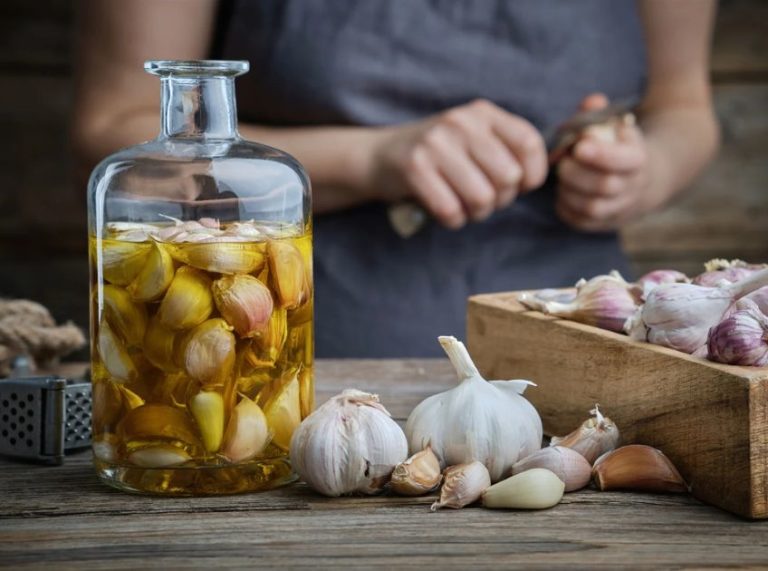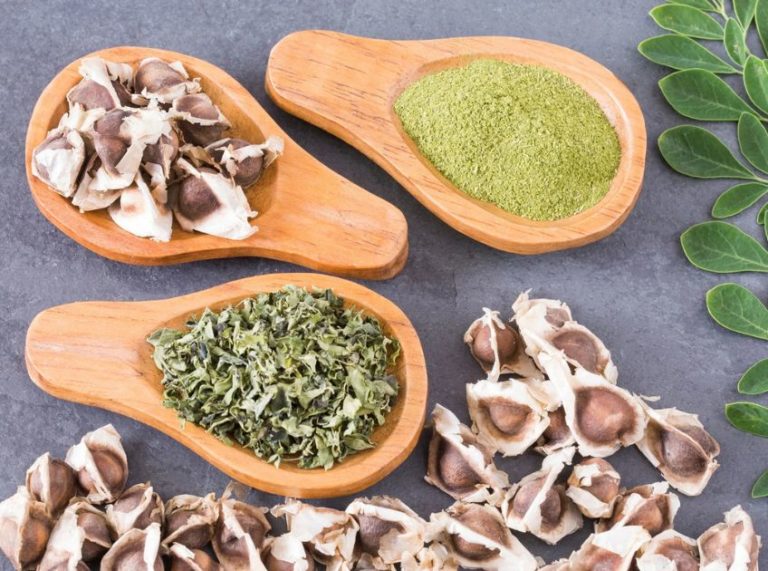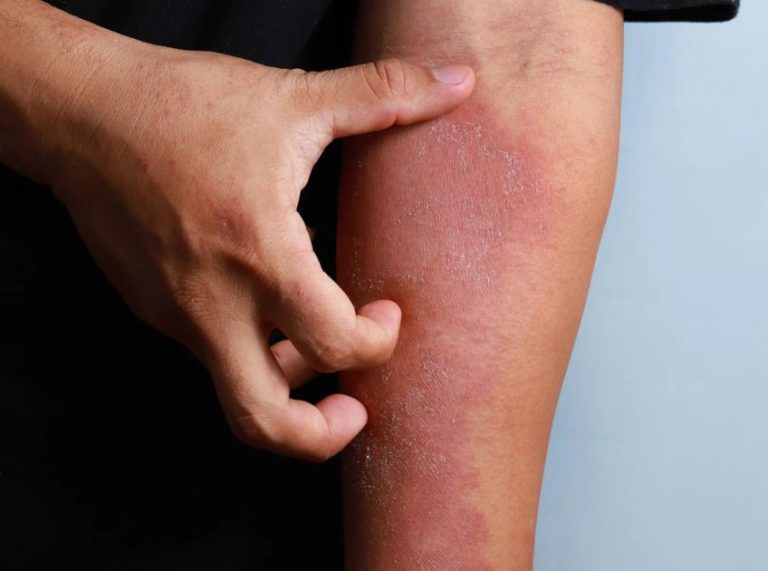
Important: This article is for informational purposes only. Please read our full disclaimer for more details.
Nail psoriasis and fungal infection are the two most common problems that people experience in their fingernails or toenails. Since the symptoms of both conditions are the same, it is important to figure out which issue you have to get the right treatment before it worsens.
In this article, we will provide detailed information on nail psoriasis vs. fungus and help you learn how to distinguish between the two.
What is Nail Psoriasis vs. Fungus

Problems with nails are not uncommon. While some issues can be managed by clipping the nails, others may need more comprehensive treatment.
The common symptoms of psoriasis and fungal infection are-
- Discolored nails, usually yellow-brown or dark
- Cracking on the nails
- Thickened nails
- Nails separating from the nail bed
Since these symptoms are common in both, it becomes difficult to decide if it’s because of nail psoriasis or fungal infection.
While psoriasis is an autoimmune disease, nail fungus is a result of fungal infection. Usually, psoriasis on nails occurs when the person has psoriasis on the skin. If you are a person with a light skin tone, psoriasis will appear red with scaly patches; on the contrary, among dark-skinned people, it will appear violet with gray scales.
Even though the common symptoms of both are the same, they also differ in many aspects.
Know the Different Symptoms Nail Psoriasis vs. Fungus
Below is a table differentiating the two based on their symptoms-
| Symptom | Nail Psoriasis | Fungal Infection on Nails |
| Nail Surface Texture | Pitting (small pits or dents) on the nail surface | Crumbling or ragged nails |
| Nail Ridging | Ridged nails | Doesn’t form ridges |
| Nail Deformity | Yes | Slightly |
| Nail Separation | Nail separates, create gaps, allowing bacterial infection | Progressive distortion in nail shape |
| Itching | Itching is common, especially if psoriasis affects the surrounding skin | Itching is less common, but can occur if the infection spreads or irritates the surrounding skin |
| Pain | May or may not cause pain, usually associated with severe nail involvement | Typically painless, but discomfort can occur if the infection spreads or causes nail damage |
| Odour | Odourless | Foul odour |
Since psoriasis is an autoimmune disease, it is not as prevalent as nail fungus. Fungal infections are contagious and can spread to others easily. At the same time, when it occurs, the chances of spreading between the toes and onto the skin of the feet are also observed. In severe cases, it causes tines pedis or athlete’s foot.
If you observe foul odor along with other symptoms, there are higher chances that it is a fungal infection.
Nail psoriasis is more typical among people with skin psoriasis.
Below is a differentiation between nail psoriasis and fungal infection in different aspects. Check it out!
| Aspect | Nail Psoriasis | Fungal Infection on Nails |
| Cause | An autoimmune disorder causing overactive immune system, leading to inflammation in the skin and nails | Caused by fungal growth, typically dermatophytes, in or around the nails |
| Spread | Does not spread from person to person, but may affect multiple nails and other areas of the body | Can spread from person to person and to other nails or skin areas through direct contact |
| Treatment | – Topical corticosteroids – Vitamin D analogues – Topical retinoids – Systemic medications (e.g., methotrexate, cyclosporine) – Phototherapy | – Antifungal creams or ointments (e.g., clotrimazole, terbinafine) – Oral antifungal medications (e.g., terbinafine, itraconazole) – Nail lacquers (e.g., ciclopirox) – Surgical removal of the nail in severe cases |
Who Is More Susceptible to Nail Psoriasis and Nail Fungus?
As already mentioned, psoriasis is an autoimmune disease, and therefore, people with skin psoriasis have a higher chance of developing nail psoriasis.
On the other hand, nail fungus occurs when the causal organism, fungus, finds a suitable environment around the nail to grow and flourish. A slight separation between the nail and nail bed allows the fungus to develop, especially if the condition is warm and moist.
Often, people entering showers or pools with nail separation have a higher chance of getting the infection because fungus hides in such places. Even a microscopic cut can let them in under such situations.
People who are more likely to get nail fungus include those with-
- high tendency to get fungal infections
- family history
- excessive sweat
- works where hands and feet are often wet
- poor ventilation in socks
- came in contact with a person with fungal infection
When to Visit a Doctor?
Usually, the mild symptoms do not require any treatment, and they resolve on their own. However, if you have skin psoriasis and are experiencing discoloration of nails, pitting, or cracking, it is advised to check it with your doctor.
Being an autoimmune disease, treating nail psoriasis could be tricky. Most of the cases start with topical treatment, wherein the doctor may recommend-
- vitamin D ointment
- corticosteroid injections to the nail bed
- light therapy (phototherapy)
- biologics
If the condition doesn’t improve, surgical removal of the nail is advised to allow new nail growth to take its place.
For nail fungus, over-the-counter antifungal ointments work wonderfully. If the problem persists, prescription topicals and oral antifungals may be administered to treat the problem. If the nail has been damaged severely, the doctor will remove it surgically for new nail growth.
Conclusion
While nail fungus is a common problem, nail psoriasis is rare and found among people with skin psoriasis. Being an autoimmune disease, there are no chances to refrain from it; however, you can take certain measures to keep fungal infections at bay.
It is important to maintain good nail hygiene and keep them dry thoroughly. If you have the tendency to get fungal infections, keeping your manicure and pedicure tools handy to clean the nails and disinfect them helps.
At the same time, wear proper ventilated socks and shoes to prevent fungal growth.
Feature Image Source – Canva
Related Articles
- The 7 Best Remedies for Ingrown Toenails How to Get Rid of an Ingrown Toenail at Home?
- How to Strengthen Nails Naturally at Home?
- How to Get Rid of Yellow Nails at Home?
- 10 Best Foods for Nail Growth and Strength
- How to Use Coconut Oil for Stronger and Healthier Nails?
- How to Repair Damaged Nails
- How Do You Take Off Acrylic Nails Using Acetone?
- How To Remove Acrylic Nails With Hot Water?
- The 10 Best Home Remedies for Toenail Fungus
- Is Vinegar and Epsom Salt Good for Toenail Fungus?
- Tea Tree Oil to Treat Toenail Fungus: How to Use?
- How to Prepare an Apple Cider Vinegar for Toenail Fungus?
- How Long Does It Take for a Toenail to Grow Back















